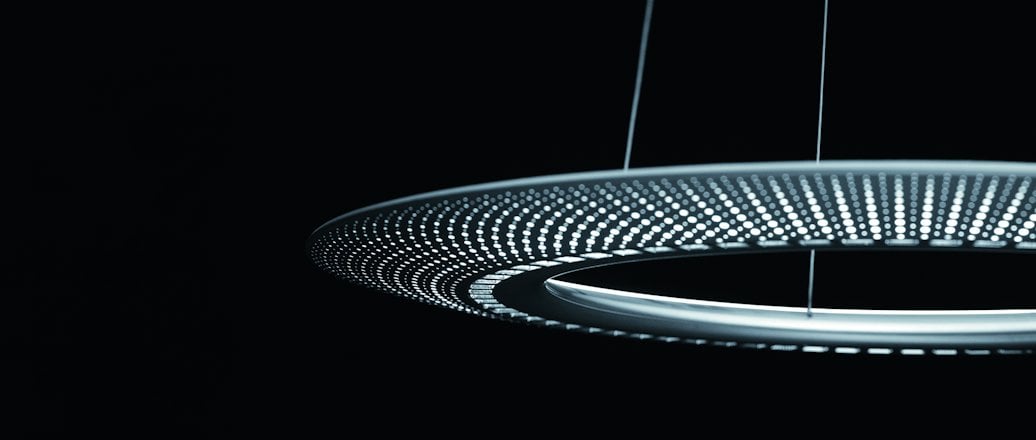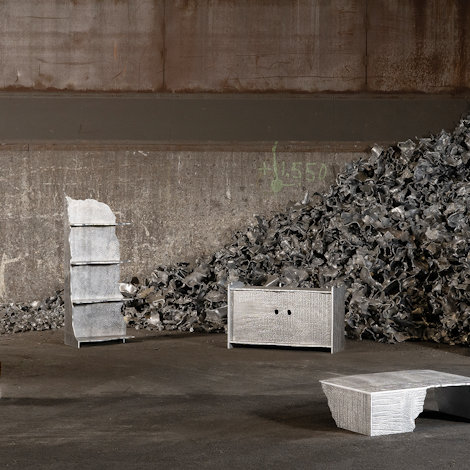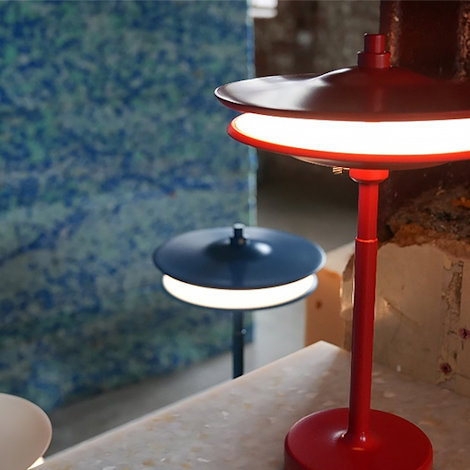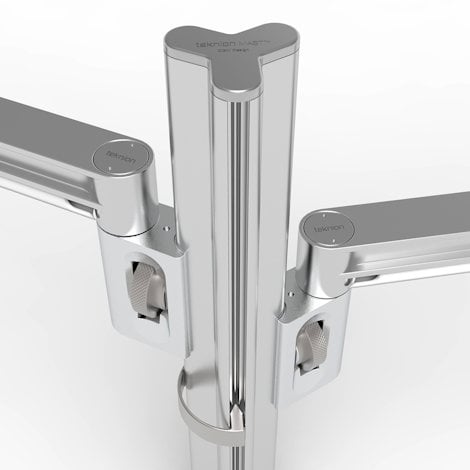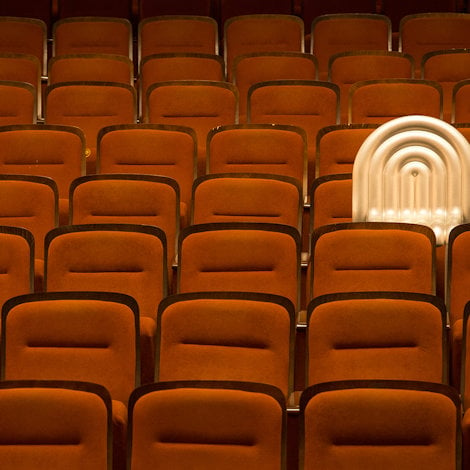How experimenting with aluminium helps me realize my dreams and designs
The lightness and beauty of aluminium mirror the ethereal quality of ideas that populate my dream state, where ideas emerge. It resonates with my creative spirit. I also find that aluminium's practical attributes are perfectly suited to materializing even the most intricate of the designs I dream about. I know this because my studio has experimented extensively with aluminium.
From the first spark of imagination to the final stroke of execution, my journey as a designer is never linear. In my world, boundaries blur between the abstract and the tangible. It is in this space that inspiration strikes – in a quiet moment sipping coffee or in the chaos of a cluttered workshop. When you least expect it.
I love aviation, you know, those kinds of forms which to me are the embodiment of our age. The idea of mobility, of speed, of that kind of streamlined esthetic, governed by the wind or the air – and our ability to move through it. That we are not making machines, but things that go beyond the industrial age into something more sensuous, more human.
It is imperative to connect the reality of our times to a very human experience. My work is not merely structural, it is more of a harmonious dialogue with nature.
The material quality of aluminium
I love aluminium. I have always loved aluminium. Its material quality. It has a density and a lightness at the same time. It has malleability and strength. It has beauty. It even has a sound. When you tap it, it has a musical ring, unlike steel, which demands more force to evoke sound.
There is also the surface quality of aluminium. The fact that you can anodize it and still see the raw material in its true essence without any coating. Yes, you can do that with stainless steel, too. But the difference is that aluminium, especially when it is anodized, has a softness and a smoothness.
And then when you think about what you can do with it!
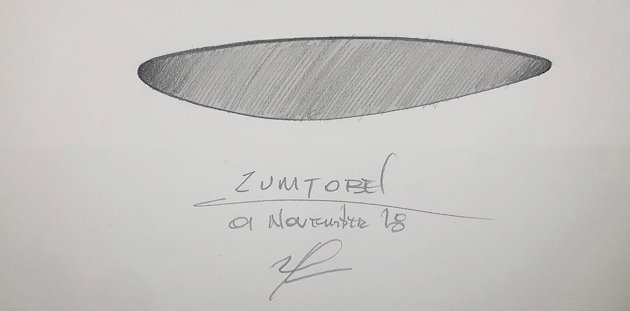
Experimenting with aluminium
Aluminium is a material that resonates deeply with my creative spirit, and its forgiving nature has allowed me to push the boundaries of conventional design. This is probably most evident in my work on Ambitus for Zumtobel, where it played a transformative role.
But there is a nuanced beauty in how aluminium collaborates with my creative impulses. When I first started exploring the material, I was intrigued by its contradictory persona. I saw an industrial, cold demeanor juxtaposed with a pliable warmth when coaxed with the right design vision. It was a duality that presented a challenge.
This is why we have experimented extensively with aluminium in my studio, Rainlight. We have watched it take forms that seemed impossible, guided by a philosophy that design, in its purest form, is a storytelling act — and aluminium has proven to be an articulate narrator.
Whether it is the way it catches the light or the way it can morph into textures that evoke emotions, this material has ceaselessly surprised us with its versatility.
As I look back, then ahead, I am struck by a profound realization: The future of design is not just about the structures we build, but the stories they embody. In my world, where dreams shape reality, aluminium emerges not just as a material but as a silent narrator, chronicling our respect for nature, our innovative spirit, and our hopes for a more sustainable future.

